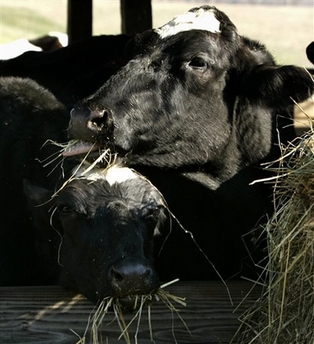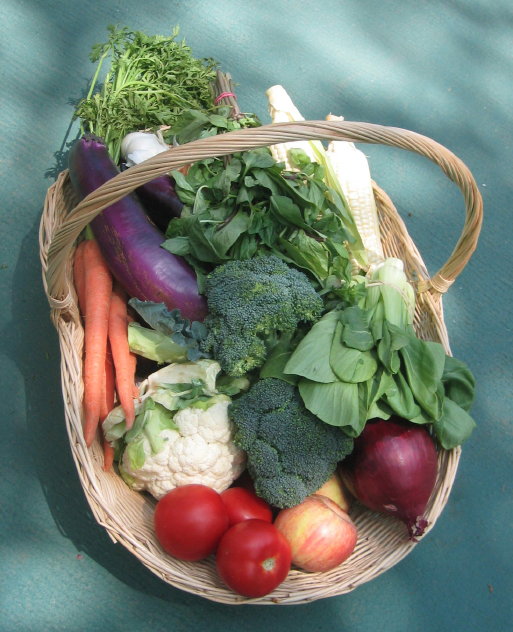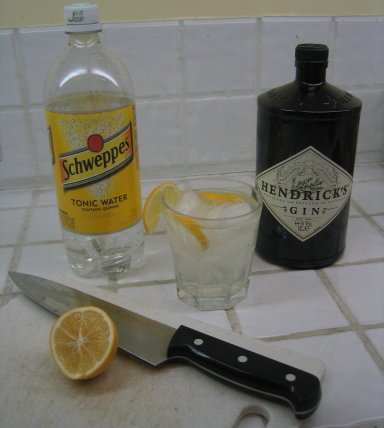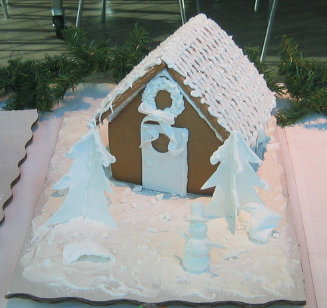 No, probably not, but we are probably in for a battle. The FDA is said to be about to announce the approval of using cloned animals for food. The announcement will be on Thursday, but there are several news reports about it already. Here is a link to an AP article written by Libby Quaid. (I also borrowed from that article the picture -left, by Chris Gardner- of cloned dairy cows Cyagra1 and Genesis.)
No, probably not, but we are probably in for a battle. The FDA is said to be about to announce the approval of using cloned animals for food. The announcement will be on Thursday, but there are several news reports about it already. Here is a link to an AP article written by Libby Quaid. (I also borrowed from that article the picture -left, by Chris Gardner- of cloned dairy cows Cyagra1 and Genesis.)
What will the battle be about? Well, Let’s get the fear-mongering (that opponents of this announcement will use to their advantage) out of the way first. If these were indeed clones in the purest sense of the word, produced in unquestionable circumstances, in an industry that did not already have several unsettling and dysfunctional features to it (see for example here) then there would be no issue. The bottom line is that we should be no more scared of clones than we should be of twins.
But it is not that simple. According to the article to which I pointed, here are claims -backed up with documentation- (I have not read the research, so am merely reporting that it exists) that the cloned animals are not produced in a manner that would be acceptable for the production of animals by other means -there are still many deaths and deformities in the process, and these birth defects are still not fully understood.
Carol Tucker Foreman, director of food policy at the Consumer Federation of America, said the FDA is ignoring research that shows cloning results in more deaths and deformed animals than other reproductive technologies.
The consumer federation will ask food companies and supermarkets to refuse to sell food from clones, she said.
“Meat and milk from cloned animals have no benefit for consumers, and consumers don’t want them in their foods,” Foreman said.
That alone might not be so terrible, you’re thinking, but the big thing […] Click to continue reading this post →
























